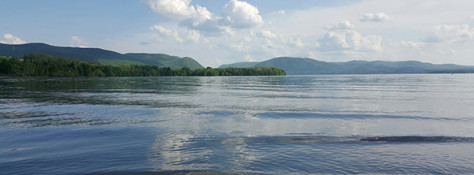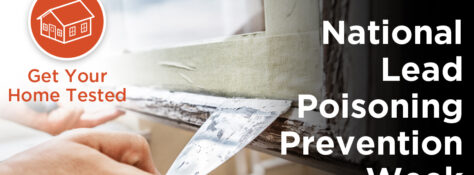Long Island, particularly Suffolk County, has a serious drinking-water problem, and the New York League of Conservation Voters is urging local government leaders to take action to help remedy the problem. Long Island gets its drinking water from a single source underground aquifer. Groundwater filtrates into the aquifer, often carrying pollutants that exceed EPA standards.
Learn MoreNews
According to health officials, there is no level of lead in the body that is known to be without harmful effects. That is why NYLCV is urging everyone - homeowners, health care providers, businesses, politicians, educators, etc. - to participate in the federal government’s upcoming National Lead Poisoning Prevention Week (NLPPW), which will be held Oct. 23-29, with wide dissemination of information and a series of topic-focused releases and webinars to spread awareness and lead to community and legislative action.
Learn MoreNews
Dear Members of New York’s Congressional Delegation, The undersigned organizations thank you for the work you are doing to support
Learn MoreCourtney Riley is the Director of Land Development in VHB’s Long Island office. In this role, she manages a team
Learn MoreNews
Many towns in New York State are currently suffering from harmful algal blooms. In order to combat them, the Department of Environmental Conservation is using monitoring technology developed by the U.S. Geological Survey to detect HABs early.
Learn MoreNews
A few communities in New York State are working on electric school bus pilot programs. As part of our Clean Buses for Healthy Niños campaign, we’re tracking these ongoing and upcoming pilot programs across New York State.
Learn MoreNews
Suffolk County officials recently revealed a $4 billion plan to fight nitrogen pollution on Long Island’s surface waters. The 50-year Subwatersheds Wastewater Plan aims to upgrade and replace aging septic systems in hundreds of thousands of homes and replace them with modern sewage systems.
Learn MoreNews
The new single-use bag law gives counties and cities the option to opt-in to a five-cent fee for paper bags, which would further reduce litter and solid waste pollution and substantially lower carbon emissions from producing paper bags. Some local governments in New York have already voted in favor of the fee, while others have either opposed it or are still deliberating.
Learn More

